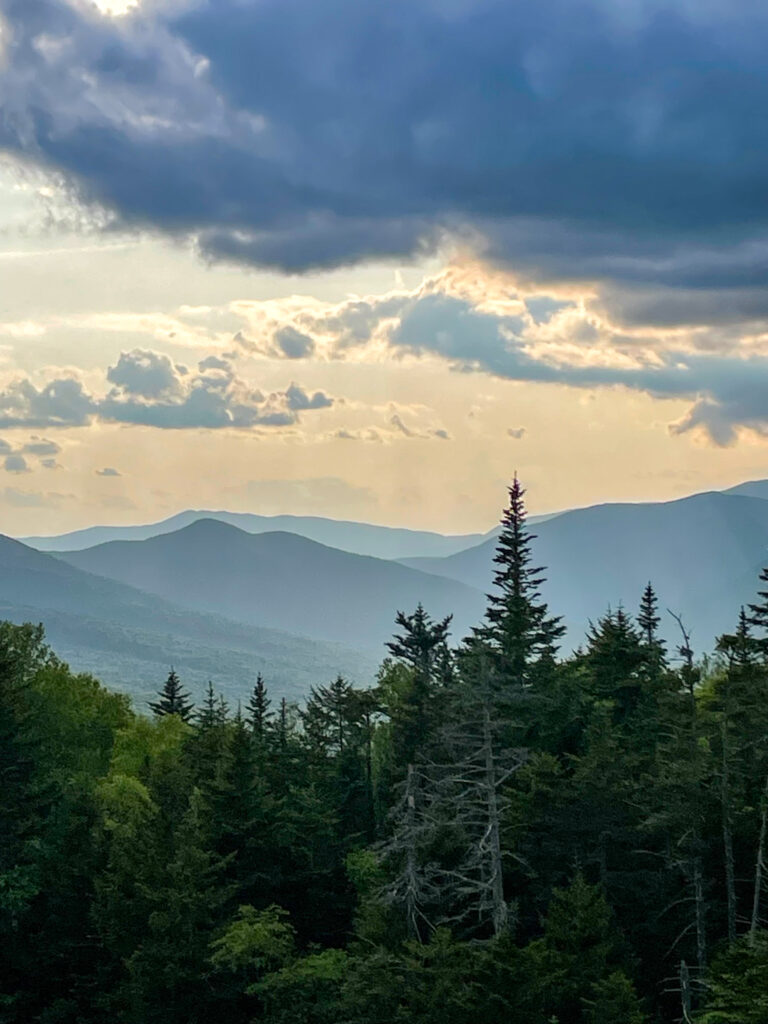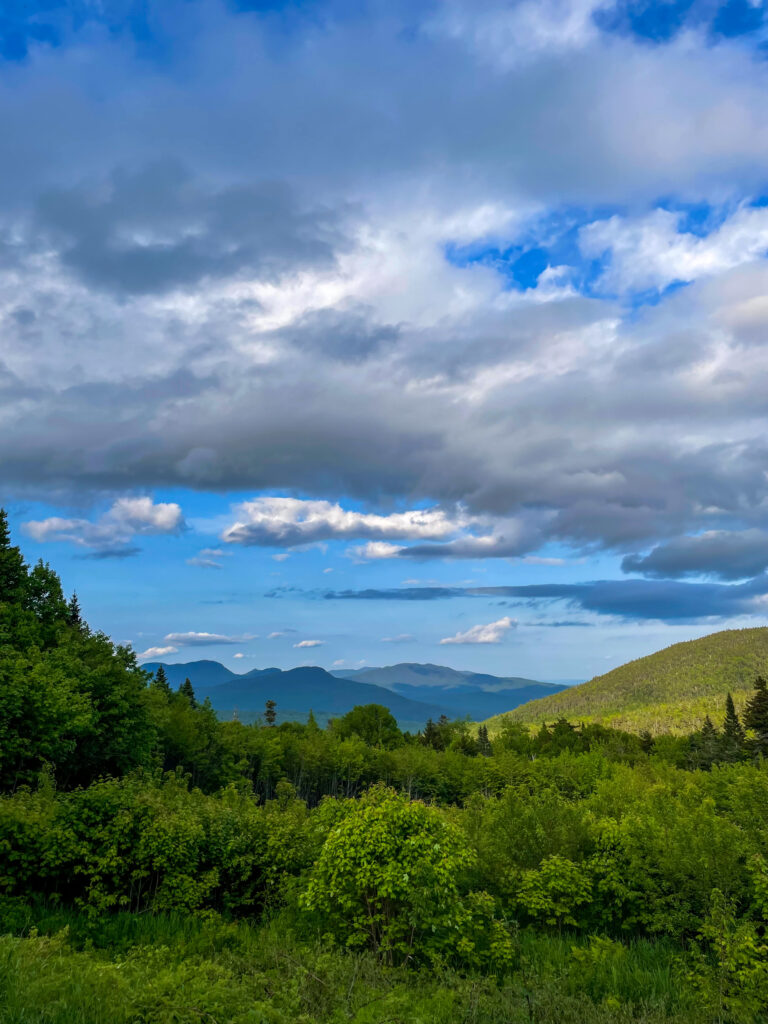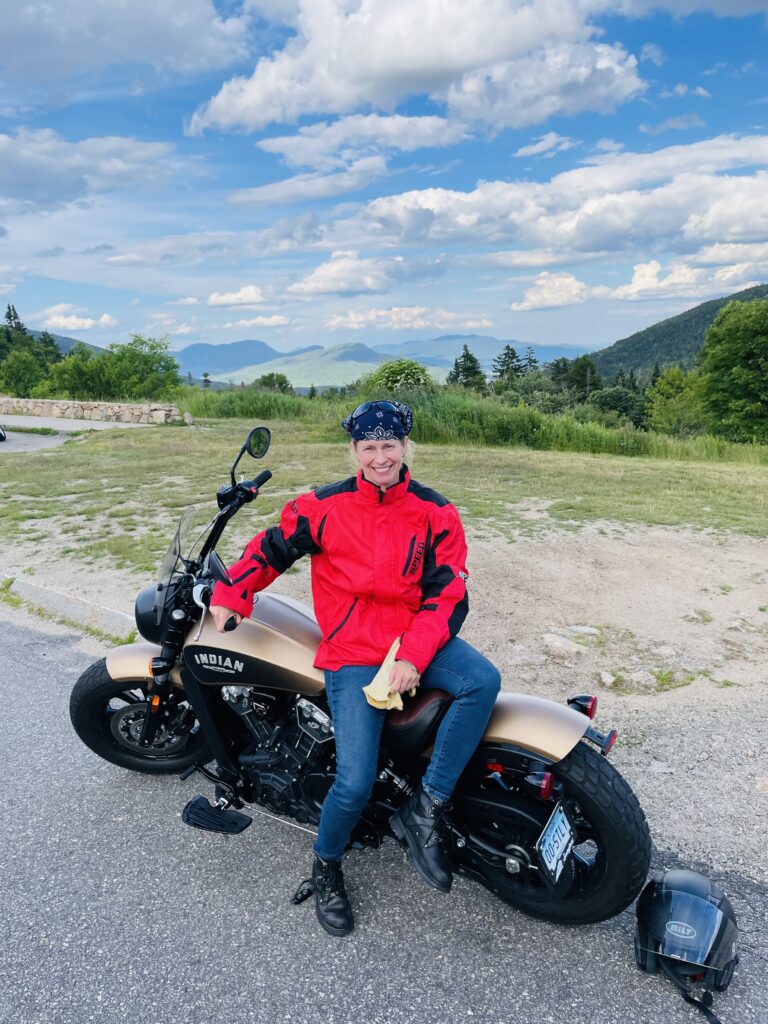The Nürburgring may the ultimate drive for Porschephiles, but the United States also has roads that, while slower paced, are great options for drivers seeking scenic routes. First up is the Kancamagus Highway, located in the New Hampshire White Mountains.
Often mispronounced and misspelled as Kangamangus, Kangumangus, or Kancamangus, the correct way to say it is “Kank-ah-mah-gus,” according to kancamagushighway.com.
Spanning 34.5 miles from Lincoln to Conway, the “Kanc,” as it’s called by locals, is considered one of the world’s best places to see fall foliage. The leaves typically start changing in the middle of September, and the first two weeks of October are peak for viewing one of nature’s most magnificent shows. Summer drives can be just as beautiful, and there are opportunities to take photos of your Porsche with mountains in the background.
While you don’t need a full tank to drive on this section of NH Route 112, there are no gas stations, restaurants, hotels or other amenities until you reach the eastern or western end of the route. The only signs you’ll see announce the various overlooks, trails, and other spots worth seeing. There are six campgrounds on the byway for those who want to enmesh themselves in nature for more than a few hours.
Situated in the center of the White Mountain National Forest, the Kanc, which this writer has ridden on several times on a motorcycle, provides numerous opportunities for scenic views and hiking trails. Some highlights include the White Mountains, the Swift River, Lower Falls, Sabbaday Falls, and the Rocky Gorge. Many of these spots require little to no walking. The highest point of elevation is just under 3,000 feet.
The Kanc has been in operation since the late 1950s. In 1837 prior to the construction of the Kanc, there were two roads, one in Lincoln and one in Passaconaway. The two roads were extended and connected 100 years later in 1937. It took decades for workers to carve the road through the forest and around rivers filled with boulders.
In 1959, the Kanc was officially opened to traffic, but it was a dirt road. Its popularity led to it being paved in 1964. However, the highway was closed during the winter months until 1968. State highway crews currently maintain the byway, which can be challenging in cold weather. A man named Bob Henderson, who plowed the Kanc for decades, told NewEngland.com, “Up there in a storm there’s no describing it. There’s a mile or so just east of Kancamagus Pass that we call Breezy Lane; the winds gust up to 60 miles per hour, and you just hope the wing plow holds you close to the bank.”
About 800,000 vehicles drive on the Kanc each year—largely for the views. However, when state Highway Commissioner John Morton asked federal officials for funding in 1957, the number-one priority was to give lumber and paper companies access to logging areas. Other reasons for the construction of the highway included fire protection and the need for a shortcut for commercial truckers. Last on the list? Recreation for locals and tourists.
The highway is named after a man called Kancamagus, who was the last sagamore, or chief, of the Native American tribe known as the Pennacooks. This tribe thrived in New Hampshire until the end of the 17th century. By 1685 when Kancamagus was chief, there were some issues between the tribe and English settlers.
Up until this point, the Pennacooks sought a peaceful coexistence with the British newcomers. But after English Major Richard Waldron of Dover sent several tribe members to Boston in chains following a feast that he hosted, relationships soured. The Pennacooks fled to Quebec before returning to New Hampshire four years later. That’s when Kancamagus cut “the treacherous Waldron to pieces on his own table.”
Initially, legislators resisted naming the scenic byway after Kancamagus. However, Representative Robert Monahan of Hanover garnered support for the name, insisting that the Native American chief wasn’t the one who started the war against Waldron. He explained that while pronouncing the name was challenging, “it’s easier to spell than Winnipesaukee and easier to pronounce than Chocorua.”
The Kanc, a two-lane undivided highway, is fairly easy to drive. The speed limit ranges from 15 mph to 50 mph and features several steep grades and a hairpin turn near the Hancock Overlook towards Lincoln. You have to be watchful of bicyclists, motorcyclists, and other vehicles entering and exiting scenic spots, campground areas, etc. While it’s not the speediest or best road to test your Porsche’s capabilities, it’s a great spot to breathe in some New Hampshire air and look at the beautiful landscape.
(Not sure you want to use these photos that I took from the Kanc. Obviously, in one of them I’m on a motorcycle so it may not be the right fit!)


